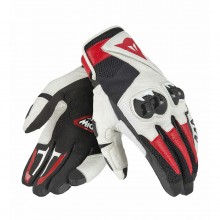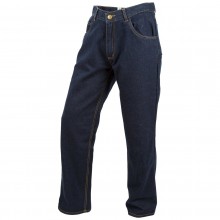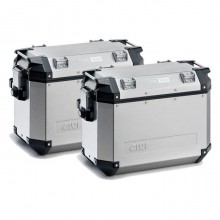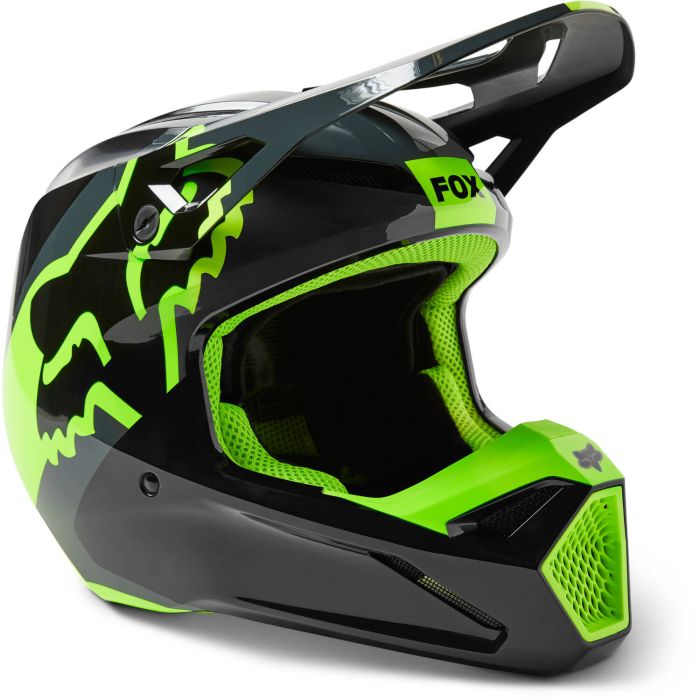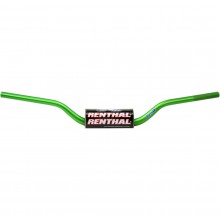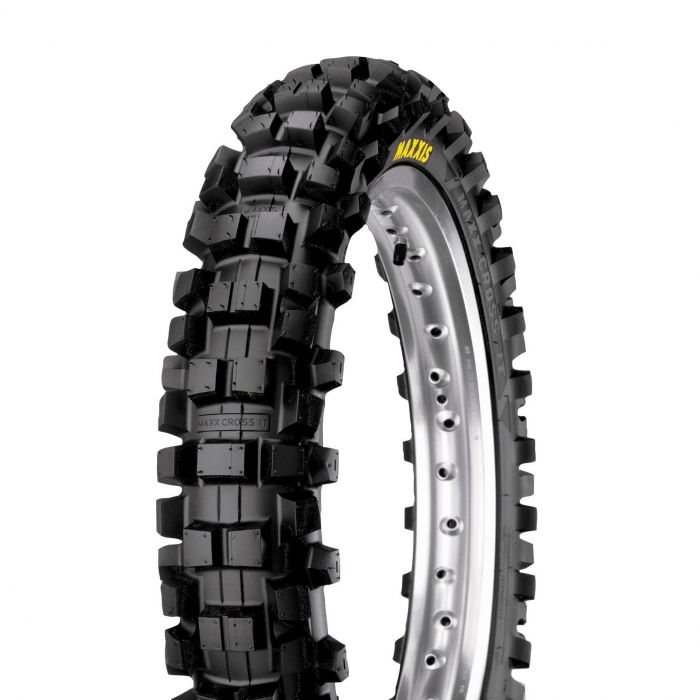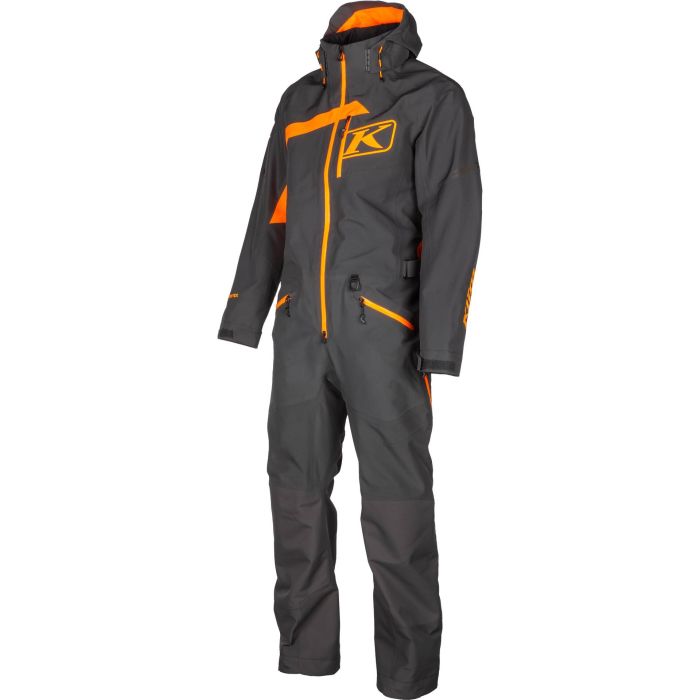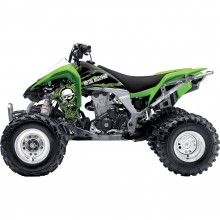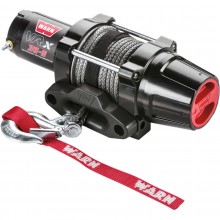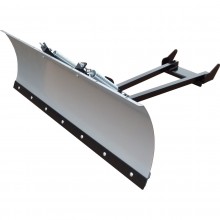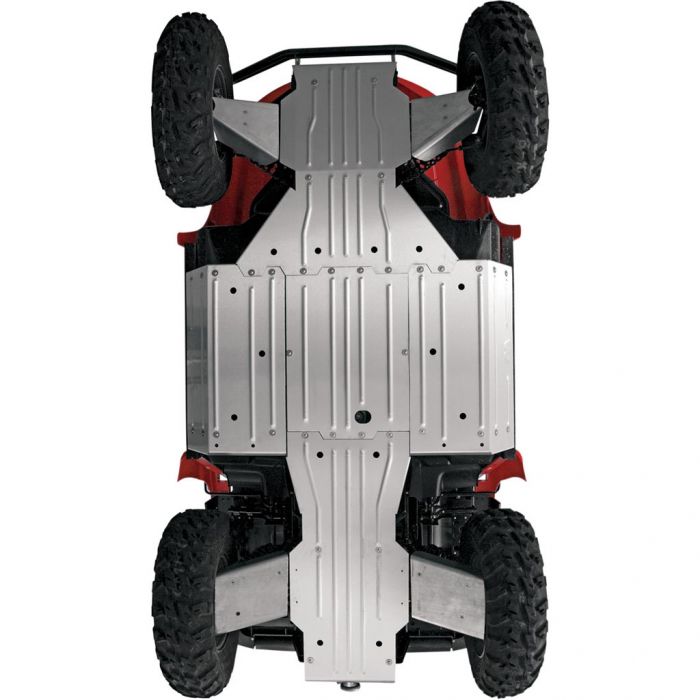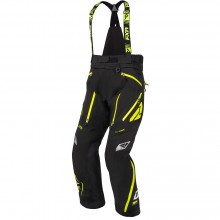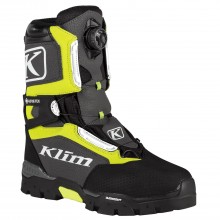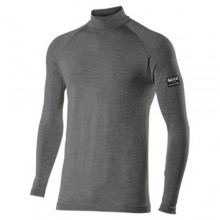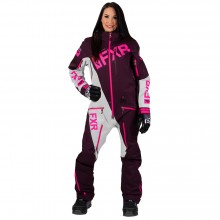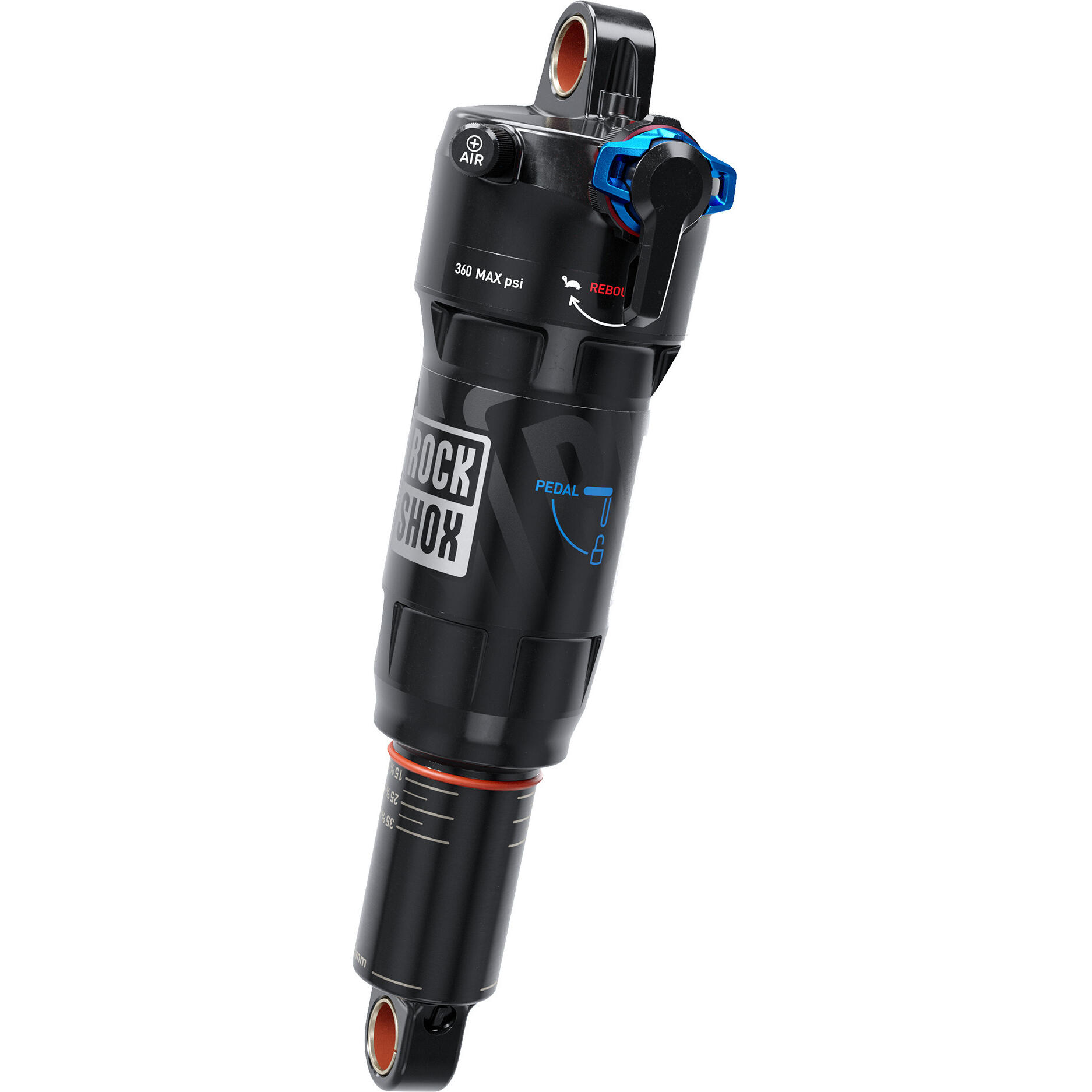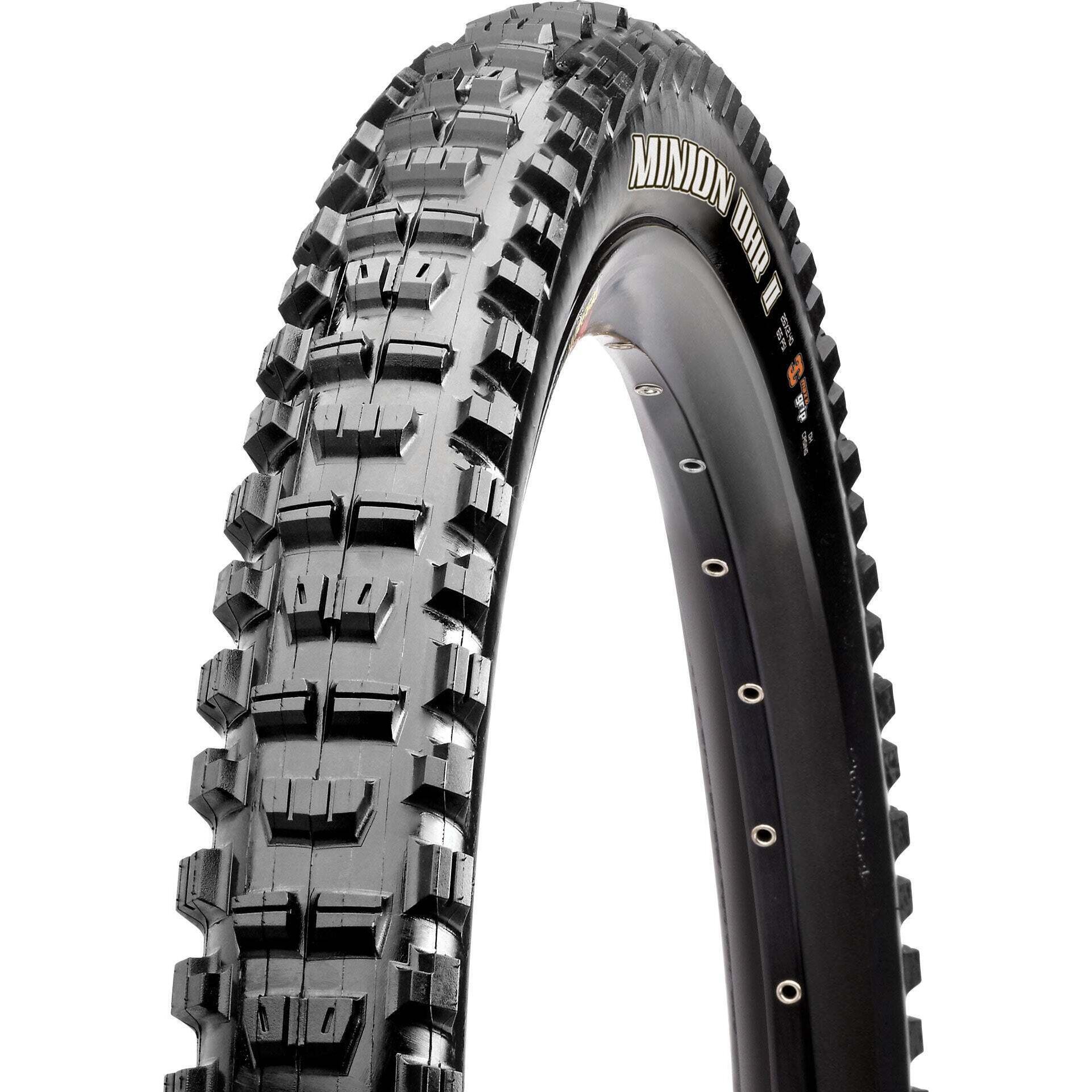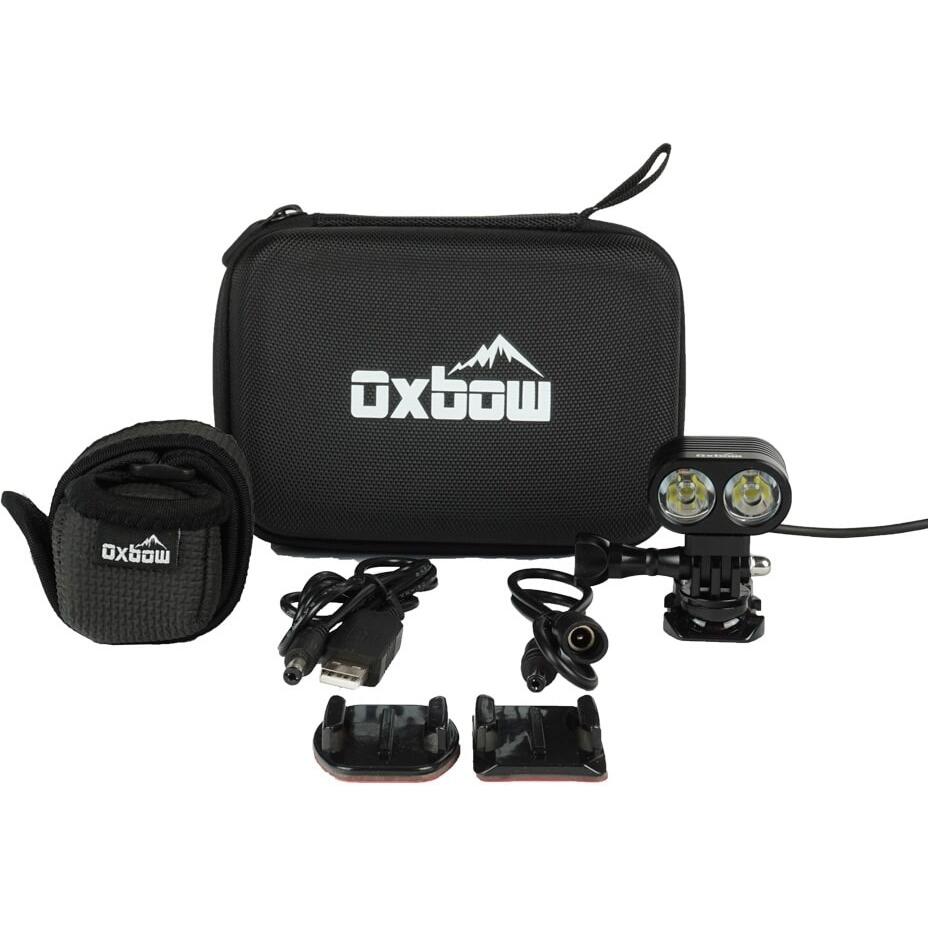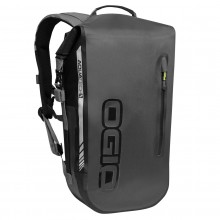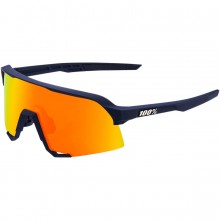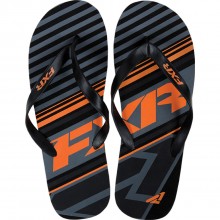How to Choose a Safety Rating
In Canada, helmet laws are stipulated by the province or territory. Usually, they only require that a helmet meet one of the DOT, Snell or ECE ratings. And in many cases, archaic certifications like the Snell M2005, BSI and CSA are legally acceptable as well.
So staying legal isn't a problem. But which option is the best? Motorcyclists will argue over this question until their heads explode. The most common consensus is that Snell and ECE are superior to DOT, and that ECE has a slight edge over Snell. Of course, there are many riders who would start yelling blasphemy if they heard me say that.
A Snell-certified helmet ensures the most impact absorption and often has the thickest foam layers to back it up. In contrast, ECE operates under the assumption that impact absorption must be balanced with weight. The idea is that a lighter helmet gives your head less inertia in a crash, which can reduce neck and back injury. As far as research can tell, ECE may have something here. MotoGP thinks so too, as they require ECE style helmets for their racers.
As a competitive rider, your track or race organization may stipulate which helmet you need to use. If not, the best option is to buy a helmet certified by DOT and Snell or ECE. Two stickers are safer than one, so just cover your bases rather than agonizing over the choice.
If you do some international travelling on your motorcycle, a DOT-rated helmet will open doors in America. However, ECE is the most commonly used certification overseas.
If you want to know more, read our quick breakdown of each certification below. And remember: a safety rating is useless if the helmet doesn't fit right. Make sure to read our fitment section before choosing your lid.
DOT Safety Rating
 The U.S. uses the Federal Motor Vehicle Safety Standard No. 218 (FMVSS218) to measure helmets. Any lid that passes is affixed with a Department of Transportation approval sticker: DOT.
The U.S. uses the Federal Motor Vehicle Safety Standard No. 218 (FMVSS218) to measure helmets. Any lid that passes is affixed with a Department of Transportation approval sticker: DOT.
The DOT rating favors a shock-absorbent helmet and, indeed, current scientific research indicates that shock absorption is the best strategy for motorcycle safety. The DOT standard does not require chin bar testing. Thus, you will find that open face and half helmets are often DOT approved.
DOT is the standard for any state that requires motorcyclists to wear a helmet. So, if you do a lot of riding south of the border, picking up a DOT approved helmet is a must.
Snell Safety Rating
 The Snell Memorial foundation is a non-profit organization, founded in the name of William Snell – a car racer who died of a preventable head injury.
The Snell Memorial foundation is a non-profit organization, founded in the name of William Snell – a car racer who died of a preventable head injury.
As a private organization, manufacturers have to apply for a Snell rating. If they do, Snell runs a series of in-house tests on the helmet which, in theory, are perfectly unbiased. Snell updates their criteria every five years based on the advancements in scientific research. The Snell M2005 rating is widely regarded as being too hard and impact resistant. However, the current Snell M2010 rating is more shock-absorbent. This is in accordance with today’s research, and the M2010 rating is generally well-respected. As a testament to this, the current M2015 ratings are nearly identical to M2010.
Until recently, Snell refused to certify any modular helmets. So, if you’re looking for something of the flip-up variety, a Snell rating will be hard to find. Snell is considered to be quite picky, and they like it that way. For this reason, they are thought to have some of the highest standards in motorcycle safety. Many race tracks and organizations require a Snell rating from their riders.
ECE Safety Rating
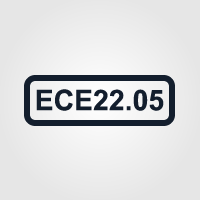 An ECE sticker indicates acceptance by the UN Economic Commission for Europe. As DOT is the universal requirement for America, ECE is the universal requirement for Europe. It’s also the most commonly used standard worldwide – over 50 countries have it as their benchmark. So if you’re planning on circumnavigating the globe on an epic two-wheeled adventure, an ECE helmet is probably the best bet.
An ECE sticker indicates acceptance by the UN Economic Commission for Europe. As DOT is the universal requirement for America, ECE is the universal requirement for Europe. It’s also the most commonly used standard worldwide – over 50 countries have it as their benchmark. So if you’re planning on circumnavigating the globe on an epic two-wheeled adventure, an ECE helmet is probably the best bet.
One unique thing about ECE is that they require batch testing before the helmets are released for sale. For any ECE helmet you buy, then, the organization must have tested and approved a helmet from the same production run. This protects riders from manufacturing defects, which might otherwise go undetected.




